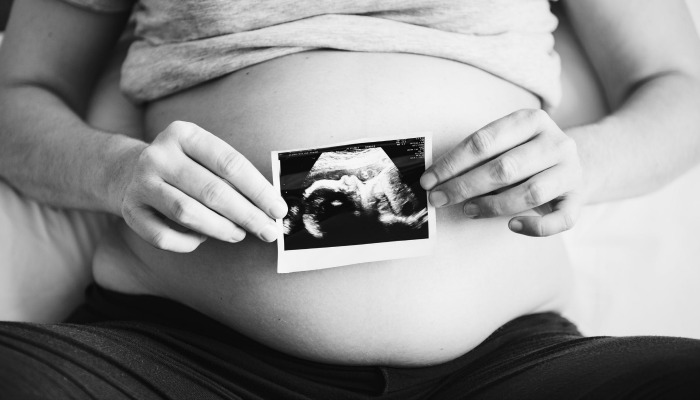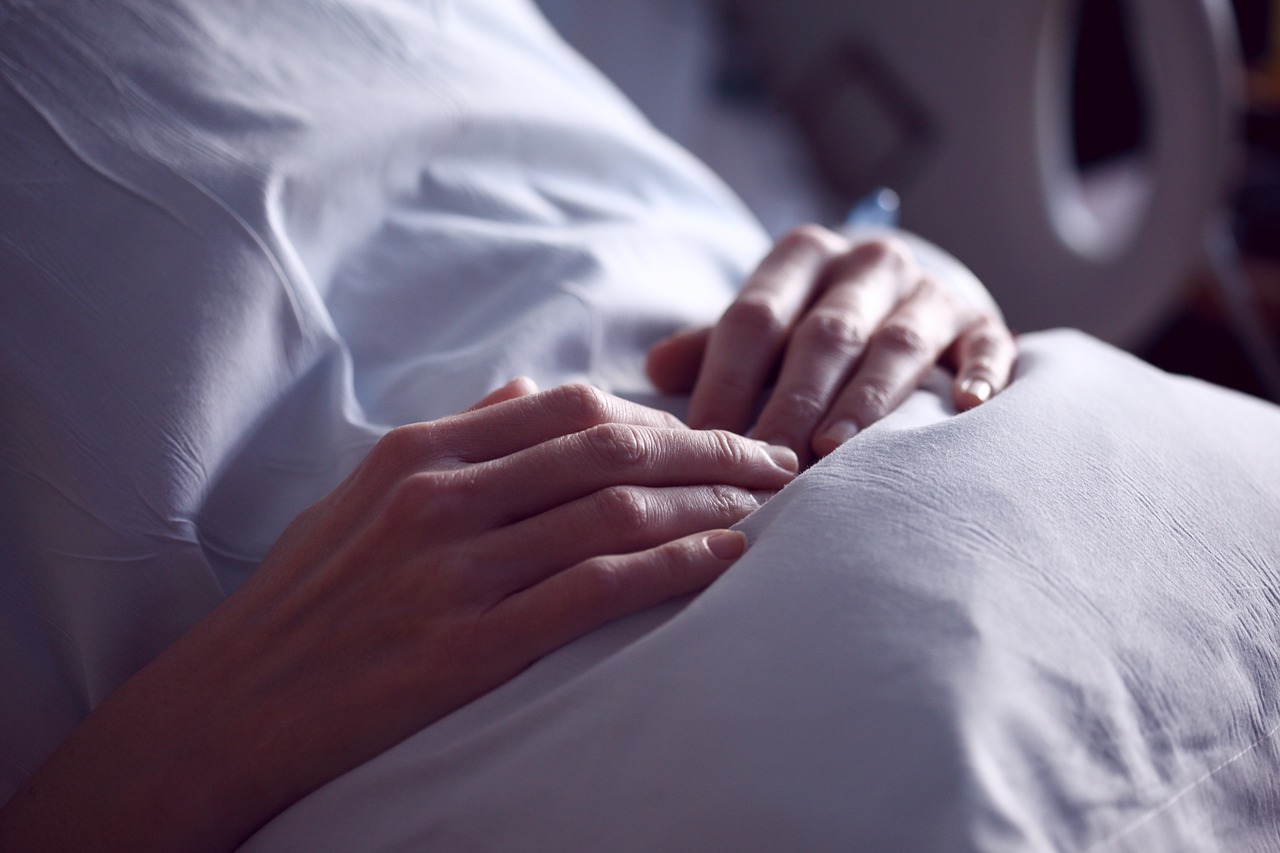
Are you considering a home birth in the future? Do you know a mother who has given birth at home? Because it has become more popular in recent years, misconceptions both for and against home births circulate widely. Here is a brief guide on the benefits and risks of homebirths.
Note: For this article, I consulted American Pregnancy Association, Parents magazine, NPR, and Aurora McCausland, who recently gave birth to her second child at home.
Why Give Birth at Home?
 Many mothers prefer not to give birth in a hospital so they can have increased control over labor. Home birth also allows mothers to immediately breastfeed their babies after birth. This can help blood clotting and increases the transfer of disease-fighting antibodies from mother to child. Home births are also less likely to end in a C-section and more likely to foster successful breastfeeding habits in your baby.
Many mothers prefer not to give birth in a hospital so they can have increased control over labor. Home birth also allows mothers to immediately breastfeed their babies after birth. This can help blood clotting and increases the transfer of disease-fighting antibodies from mother to child. Home births are also less likely to end in a C-section and more likely to foster successful breastfeeding habits in your baby.
Home birth is also less expensive than hospital birth. On average, vaginal delivery with no complications costs 60% less at home than in a hospital.
McCausland, who has delivered two healthy boys at home, states that she chose to give birth at home partly because “it’s what is normal and natural to me.” She tried it partly because her family members and in-laws had positive experiences doing it, and partly because she loved having her husband close by during labor. “I love how involved my husband gets in the process,” she says, “and I feel so empowered doing it.”
What are the Risks?
 For a variety of reasons, home births can be dangerous. Home births are not recommended for women with diabetes, high blood pressure, toxemia or pre-eclampsia, or women who have previously experienced preterm labor.
For a variety of reasons, home births can be dangerous. Home births are not recommended for women with diabetes, high blood pressure, toxemia or pre-eclampsia, or women who have previously experienced preterm labor.
Even for women with the perfect circumstances for home birth, transferring to the hospital is common. A study conducted in the United Kingdom concluded that 40% of mothers attempting home birth for their first child and 10% of mothers on their second birth or later transfer to the hospital.
Prolonged labor, hemorrhages or ruptured membranes, fetal distress, or exhaustion can factor into a mother and midwife’s decision to transfer the birth to the hospital. Additionally, it is recommended that you prepare for a hospital birth no matter what. In a blog post about her second birth, McCausland states that though she was determined to complete birth at home if possible, she had a birth plan and a hospital bag packed just in case.
What Exactly Does a Midwife Do?

The word “midwife” may strike fear or suspicion in you, but be assured that midwives are licensed health care professionals who offer medical services to women of all ages. However, licensing processes and requirements for midwives vary from state to state. For more information on the different licenses and credentials for midwives throughout the United States, click here.
Nurse-midwives can be a secure and economical option for medical care during pregnancy. In most states, they can offer gynecological exams, medical advice with family planning and contraceptive decisions, pre and postnatal care, and breastfeeding consultation. If you choose to give birth at home, midwives will bring oxygen, an IV, sterile cloths and coverings for the birthing room, a fetoscope and a stethoscope, medications to prevent or slow hemorrhages, and suturing tools. However, they do not bring epidural block anesthetic.
McCausland emphasizes the importance of selecting the right midwife, advising mothers to interview a handful and consider personal recommendations from friends before choosing. She also mentions that your insurance may cover the price of a midwife, and your midwife may be able to submit a claim for reimbursement after the birth.
Read: Can Latter-day Saints Use Birth Control?
What Else Do I Need to Know?
When asked what other advice she has for pregnant mothers considering home birth, McCausland recommended taking birthing classes, networking with mothers who have experience with natural births, and preparing mentally with Sadie Sabin’s birth guide. She also says she would absolutely do a home birth again.
More Sources
For more information, visit the following pages:
American Pregnancy Association “Homebirth”
American Pregnancy Association “Midwives”
6 Things You Didn’t Know About Home Birth
Home Birth Can Be Appealing, but How Safe is it?
Aurora McCausland’s Blogpost “Why We Chose to Have a Home Birth”





